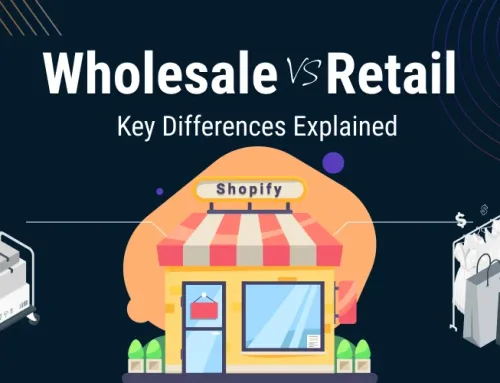
Conversational Customer Service: Building Trust and Loyalty in Online Retail
In the competitive landscape of online retail, establishing trust and loyalty with customers is paramount. One of the most effective strategies for achieving this is through conversational customer service. This approach aims to create meaningful interactions that replicate the personalized service found in physical stores, fostering a deeper connection with customers. In this comprehensive guide, we will delve into the nuances of conversational customer service in online retail, exploring its benefits, best practices, and implementation strategies.
Understanding Conversational Customer Service
Conversational customer service is a customer-centric approach that focuses on building relationships through personalized interactions. It involves engaging customers in conversations that are tailored to their needs and preferences, rather than relying on scripted responses or automated messages. By treating each interaction as a unique opportunity to connect with customers, businesses can create memorable experiences that foster loyalty and drive repeat purchases.

Benefits of Conversational Customer Service
Personalization: By engaging in conversations with customers, businesses can gather valuable insights into their preferences and shopping habits. This information can be used to tailor product recommendations and offers, creating a more personalized shopping experience.
Increased Customer Satisfaction: Conversational customer service allows businesses to address customer inquiries and concerns in a timely and empathetic manner, leading to higher levels of customer satisfaction.
Brand Loyalty: By building strong relationships with customers, businesses can cultivate a sense of loyalty that extends beyond individual transactions.
Competitive Advantage: In a crowded marketplace, offering exceptional customer service can set businesses apart from competitors and drive customer loyalty.
Best Practices for Implementing Conversational Customer Service
Use Multiple Channels: Offer customer service through a variety of channels, including live chat, social media, email, and phone, to meet customers where they are most comfortable. Each channel should be seamlessly integrated to provide a consistent experience.
Train Customer Service Representatives: Provide comprehensive training to customer service representatives to ensure they are equipped to handle conversations in a professional and empathetic manner. Training should include guidance on active listening, problem-solving, and effective communication.
Utilize Automation Wisely: While automation can streamline certain aspects of customer service, it should be used judiciously to ensure that interactions remain personalized and meaningful. Automated responses should be tailored to the specific needs of the customer and should not replace human interaction entirely.
Monitor and Analyze Interactions: Regularly monitor customer interactions to identify trends and areas for improvement. Use this data to refine your approach and enhance the customer experience. Analytics tools can provide valuable insights into customer behavior and preferences.
Seek Customer Feedback: Actively seek feedback from customers about their experiences with your customer service team. Use this feedback to make informed decisions about your customer service strategy and identify areas for improvement.
Case Studies: Successful Implementation of Conversational Customer Service
Zappos: The online shoe retailer is known for its exceptional customer service, which includes engaging in personalized conversations with customers to address their needs and provide recommendations.
Amazon: Through its “Mayday” button on Kindle devices, Amazon offers live video support to customers, allowing them to engage in real-time conversations with customer service representatives.

Apple: Apple’s support team uses a combination of live chat, phone support, and email to provide personalized assistance to customers. They also offer a “Genius Bar” service in their retail stores, where customers can receive in-person support and advice.
Conclusion
Conversational customer service is a powerful tool for building trust and loyalty in online retail. By focusing on personalized interactions and providing exceptional service across multiple channels, businesses can create meaningful connections with customers that lead to long-term loyalty. By implementing the best practices outlined in this guide and learning from successful case studies, businesses can differentiate themselves from competitors and create a customer-centric culture that drives success.
editor's pick
Harnessing the Power of Magento 2 GraphQL API: A Developer’s Guide
In the dynamic world of e-commerce, efficient and flexible [...]
Unlocking the Potential of Magento 2 B2B: A Comprehensive Guide
In the world of B2B e-commerce, having a robust, [...]
Viha Digital Commerce Gets Recognized as Clutch Global Leader for Spring 2024!
It is a privilege for Viha Digital Commerce to be named [...]






